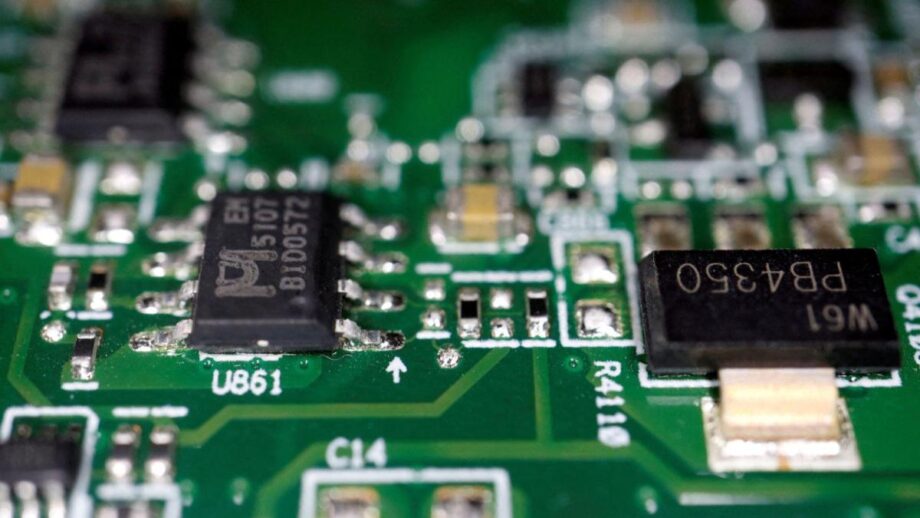- Viability gap funding model established by the government to subsidize compute costs for startups procuring GPUs
- Rs 5,000 crore earmarked from the Rs 10,000 crore IndiaAI mission for creating AI compute infrastructure
- Private sector involvement sought for GPU procurement to cater to diverse startup requirements
- Infrastructure plan includes creation of 10,000 GPUs in phases, with criteria and checks to prevent misuse
- Companies like Nvidia, AMD, Intel, and Yotta Data Services expected to participate in the compute infrastructure proposal process
Viability Gap Funding: A Boost for Startups Seeking GPU Procurement
In a move to bolster the country’s compute infrastructure, the Indian government is leaning on the private sector to enhance the capacity of graphic processing units (GPUs) and central processing units (CPUs). This initiative involves the implementation of a viability gap funding model, wherein the government will subsidize compute costs up to 50% for startups aiming to leverage GPUs or CPUs. With a significant allocation from the Rs 10,000 crore IndiaAI mission, the Ministry of Electronics and IT (MeitY) has dedicated Rs 5,000 crore to establish AI compute infrastructure within the country.
Government’s Strategic Approach to Compute Infrastructure
Abhishek Singh, the additional secretary at the Ministry of Electronics and Information Technology (MeitY), highlighted the government’s strategy, stating, “We are in the process of floating tenders for procuring compute. It is not that we will buy chipsets and build a publicly owned, publicly run infrastructure. We want investments to come from private players, with the government subsidizing part of the cost for accessing that compute.” This approach underscores the government’s emphasis on private sector participation in driving technological advancements.
The decision not to directly procure GPUs is rooted in the diverse array of GPUs and CPUs available in the market, each catering to distinct requirements. By opting for a viability gap funding model, the government avoids the challenge of determining the specific processor needs of startups for their AI models. Previously, the government explored a voucher-based system to grant startups access to compute infrastructure at an hourly rate. However, the focus has now shifted towards engaging compute providers empanelled with the government through a request for proposal process.
Related Video

Creating Accessible Compute Infrastructure for Startups
The government’s plan entails establishing an infrastructure of 10,000 GPUs in phases, supported by the development of a dedicated portal. Through this portal, compute providers will list available GPUs and CPUs along with their specifications. Startups can then submit applications via the portal to gain approval for accessing the required processor. To prevent misuse of the compute infrastructure, the government will implement stringent criteria and checks.
The impending request for proposal for compute infrastructure is expected to attract interest from prominent companies such as Nvidia, AMD, Intel, and Yotta Data Services owned by the Hiranandani group. Nvidia currently holds a dominant position in the GPU market with an approximately 80% market share. The high cost of top-tier GPUs, ranging from Rs 20-40 lakh per unit, poses a financial challenge for startups seeking to invest in this technology without adequate funding.
Operational Models and Market Dynamics
Sunil Gupta, the co-founder and CEO of Yotta, shed light on the operational models being considered, stating, “The government is exploring an opex model for acquiring GPUs from providers like Yotta or Microsoft, who can offer them on a service basis.” This approach alleviates the need for the government to invest in chip procurement, which would necessitate the establishment of complex data centers with substantial capital expenditure.
Yotta, for instance, has secured 16,000 GPUs from Nvidia and is extending them to startups at an hourly rate of $2.5. By adopting this model, startups can access cutting-edge GPU technology without incurring hefty upfront costs. The collaboration between the government and private sector entities marks a significant step towards fostering innovation and technological advancement in the Indian startup ecosystem.
The government’s initiative to provide viability gap funding for startups seeking GPU procurement represents a strategic move to stimulate technological growth and innovation. By incentivizing private sector participation and subsidizing compute costs, the government aims to bridge the gap between startups and advanced computing technologies, propelling the country towards a more technologically robust future.
Links to additional Resources: